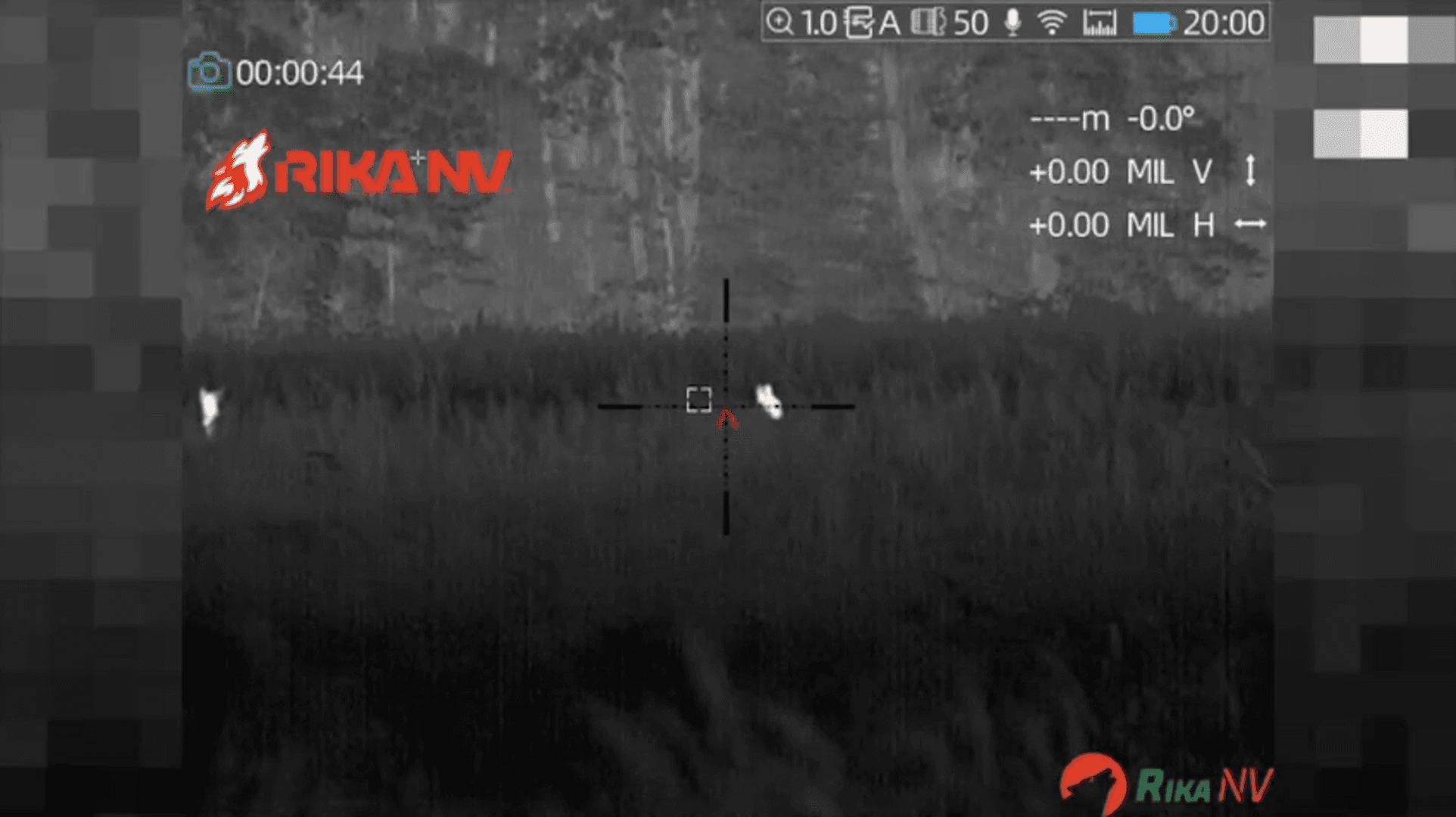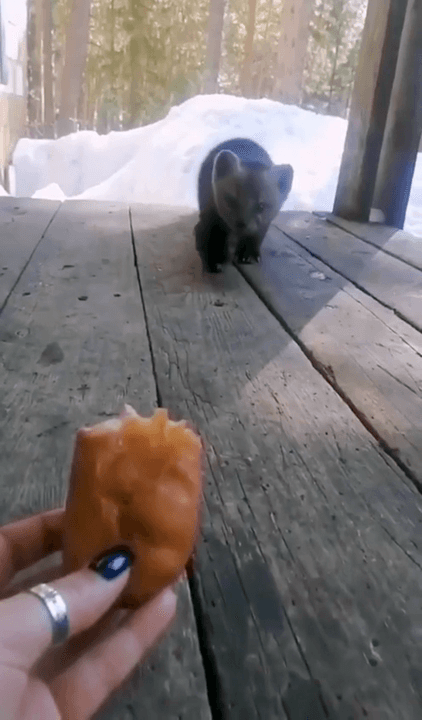
Orsis SE Rifle in .300 WSM Review I recently had the opportunity to test out the Orsis SE rifle chambered in .300 WSM, and I’d like to share my experience. As a rifle enthusiast, I've had the chance to handle various firearms, and I was eager to see how this one would perform. Here’s an honest review highlighting both the positives and negatives I found during my time with the Orsis SE. Pros: Build Quality: The Orsis SE is built like a tank. The materials used in the construction exude durability and robustness, giving me confidence in its reliability in various conditions. The finish is smooth, and the attention to detail is evident in every aspect of the design. Precision and Accuracy: One of the standout features of the Orsis SE is its accuracy. Right out of the box, I was able to produce tight groups at the range. The .300 WSM cartridge delivers considerable energy, allowing for effective long-range shooting. The rifle felt stable during the shot, contributing to my confidence
Post: 10 December 18:41














































